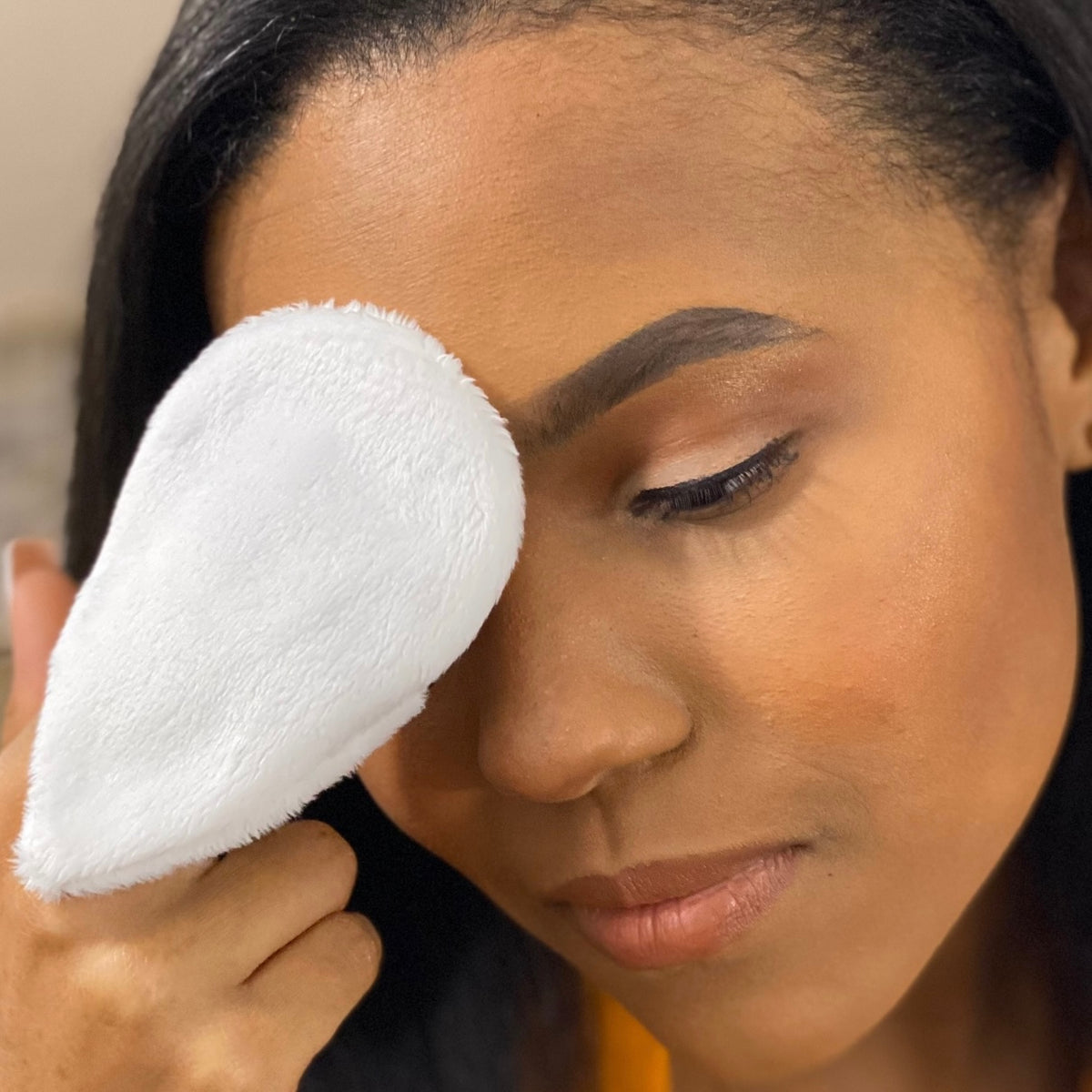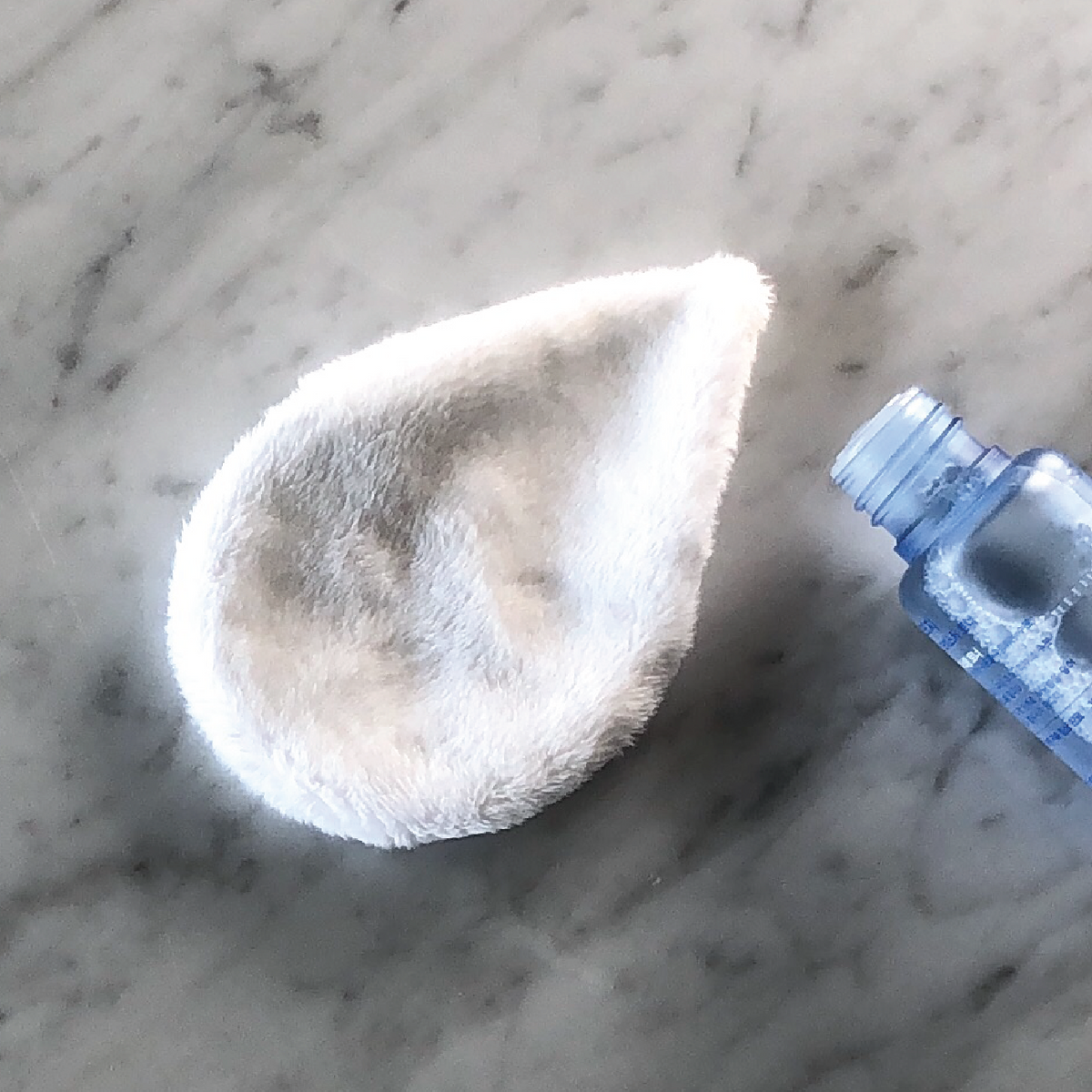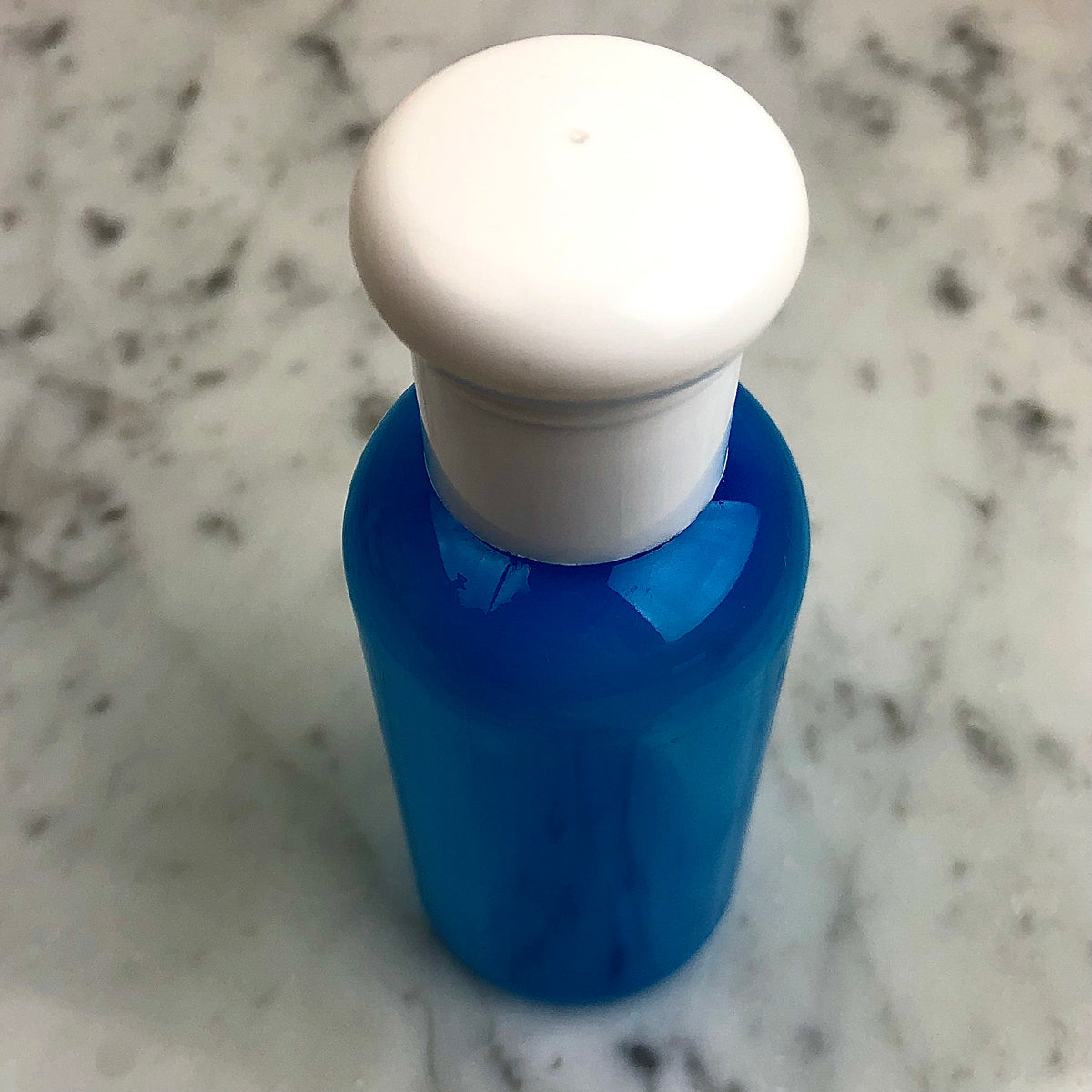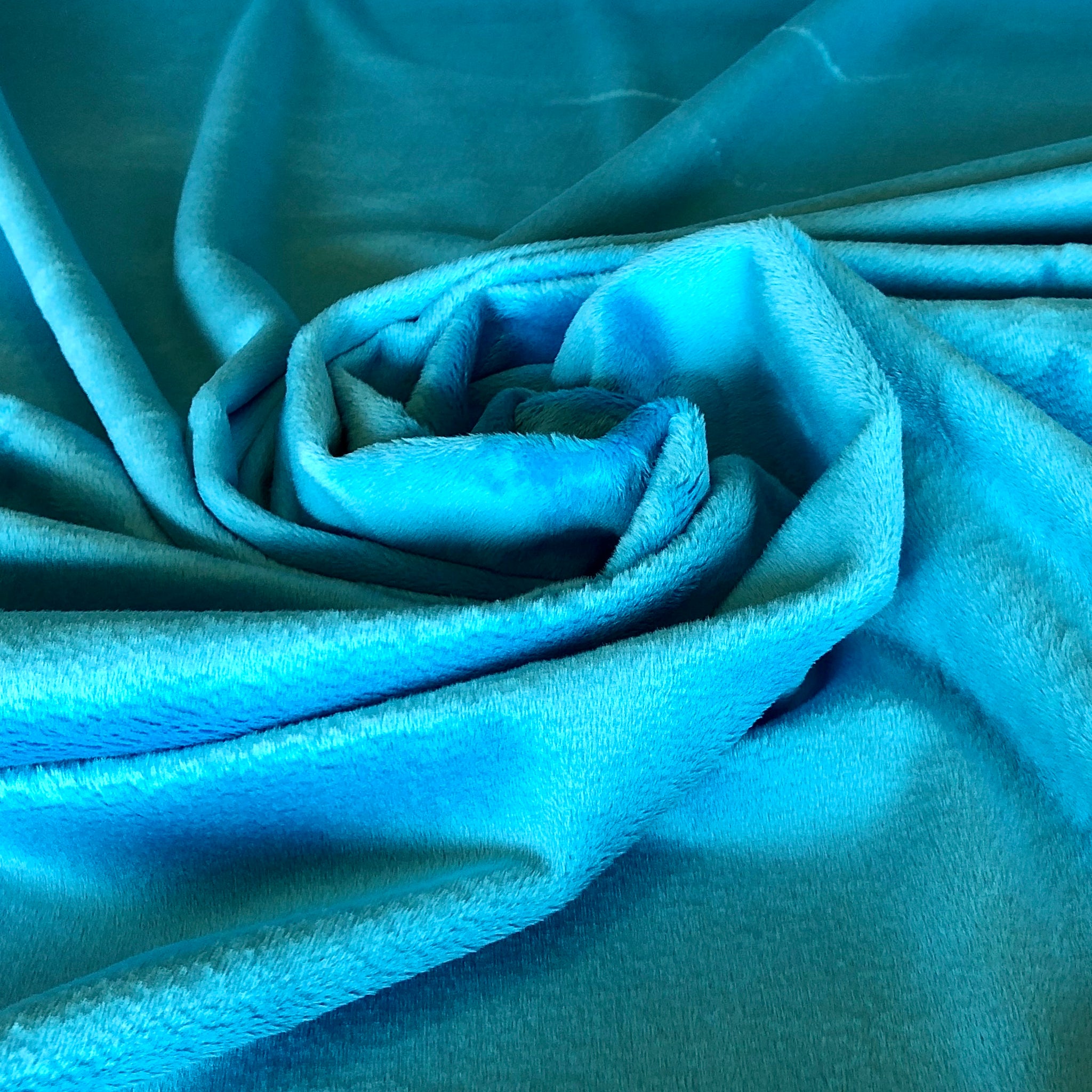How I Invented The Mitty II--Choosing a Fabric
Finding the Most Awesome Fabric Ever
And learning that skin cleansing is a very dirty business
I was excited to create a genius new washcloth. I really hated terrycloth, so Step 1 was replacing it with something ultra-soft. I had no idea what my dream fabric was called or where it lived. I hoped it would be a down-to-earth natural fiber, but I tried to keep an open mind.
Around the same time, I discovered that zillions of people use facial wipes on a daily basis. Most wipes are terrible for skin, but they’re even worse for the environment! I decided my washcloth wasn’t just a big skincare upgrade—it was going to seriously reduce beauty industry pollution. It would be to cotton balls and wipes what stylish metal water bottles are too trashy plastics.

The Search
Fabric stores don’t have sections for “Softest Fabrics Evah,” so I got creative. I tried all the plant-based fabrics as well as velvets, lingerie silks, leisure suit materials, you name it. After spending half my life savings on fabrics, I found an amazing, high-end polyester baby cloth from Korea. It kinda looked like the microfiber in those “water and rub” makeup removers, but it was SOOO much softer. It was also thinner, so it didn’t drink up all my cleansing fluid and it dried fast. It could handle hundreds of washes. It was stain-resistant and didn’t get bleached by benzoyl peroxide. Three years later, the earliest prototypes still look new. My Korean fabric is the bomb.
I wondered what made my fabric special, so I compared it to a microfiber makeup cloth under a microscope. Common microfiber resembles gnarled tree branches when magnified. Mine is a dense field of perfect, slender cylinders. The smoothness of my fibers makes them so much gentler on skin* (scroll down for an important PSA). Stains disappear in the wash because there are no “tree branch” crevices to trap them. Also, the huge number of fibers per square inch means they touch every millimeter of skin and grab all the grime. It’s the opposite of terrycloth, where the fibers are fat, coarse, and widely spaced—terrycloth scratches you, but it still misses a lot of dirt!
Everyone loved my Korean baby fabric. But still, I still yearned for a perfect organic hemp/bamboo/cotton blend. To my disappointment, the “greener” options I tested always ended up being covered in coarse pills and yucky stains after a few months. They just didn’t last.
I put on my nerd glasses and dug into textile production statistics to get to the bottom of this conundrum. I was reminded that all fabrics consume valuable resources (particularly water), and all create some pollution, even the organic ones. After reading complicated Swedish environmental studies and doing the math, I was thrilled to find my synthetic fabric is waaaaay greener because it lasts years longer! We won’t know the exact ratio until a Mitty finally bites the dust, but our current calculation has our Mitty fabric at 1/7th of the carbon footprint of the greenest natural fiber we tested (a hemp/bamboo blend).
I’m so glad I didn’t dismiss my fabric because it didn’t fit my “green” stereotype. And I’m even happier that I took the time to test all the options and do the actual math. I wound up with a fabric that will make much more of a positive impact because it 1) works better, meaning more people will switch away from disposables, and 2) ultimately uses fewer natural resources while producing less total pollution because it lasts so long.
Step 1 was completed, but I still needed to deal with the fact that washcloths were UGLY and CLUMSY. Stay tuned for Learning How to Sew.
* PSA: Please ignore the directions on other brands’ microfiber makeup removers and use them WITH cleanser. I wanted to talk here about the high quality of my fabric, so I didn’t get into whether or not this trend of cleanser-free rubbing is a good idea. (It. Is. Not!) According to my dermatologist, you should always use a good liquid/balm/gel/oil cleanser with any fabric makeup cloth. Cleansers can have lovely skin benefits, they clean better than just rubbing because they loosen grime and dirt, and they help the fabric glide instead of yanking your facial skin all over the place. Also, cleansers fill in the gaps between fibers, buffering the scratchiness of those rough microfiber “tree branches.”
Also in Company stories, skincare tips, and environmental news from Take My Face off

How to Help Teenagers with Skin Problems
- Avoid the temptation to go overboard! Harsh cleansers, astringents, and scrubs can make problems worse.
- Cleanse skin twice a day with a gentle cleanser. Make sure to rinse thoroughly.
- Avoid harsh soaps and creams (unless recommended by a dermatologist).
- If you want to try topical acne treatments, start off slowly.

What's the Difference Between Astringent and Toner?

Is Astringent Good for Skin?
It’s been a long time since astringents were the prom queens of the skincare world (that’s not the scientific term). What changed and why?
Skincare experts used to think that the way to manage oily, blemish-prone skin was to remove the oil and bacteria. Hence, they loved harsh, bacteria-killing astringents (among other products). But in the last few decades, those experts started changing their minds.


